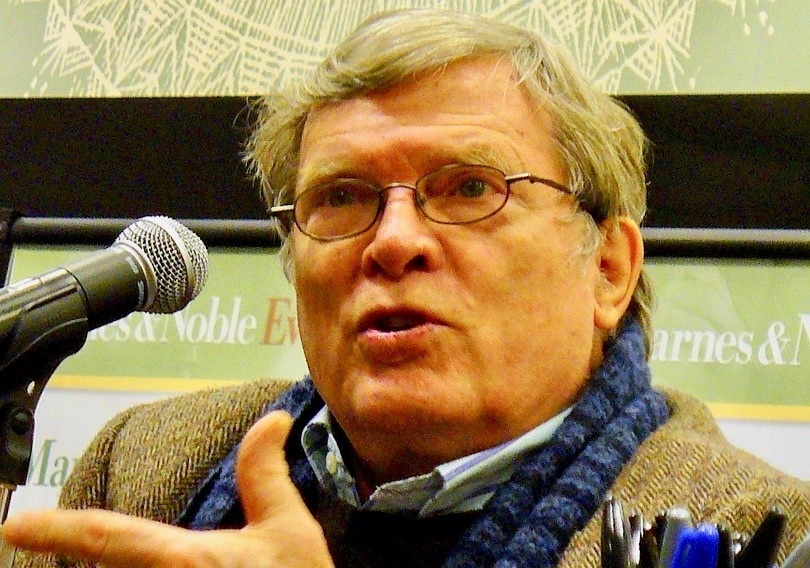
By Paul René Roestad
Photo: Donn Alan Pennebaker ©David Shankbone/Wikimedia Commons
Some icons has had a revolutionary effect on cinematography. Donn Alan Pennebaker, cinematographer and documentary filmmaker, was one of those. He greatly influenced not only cinematography, but also the way films were told.
In 1960 Pennebaker partnered with Robert Drew, Richard Leacock and Albert Maysles.
Together they developed cinema verité – or direct cinema, the visual style that influenced documentary filmmaking ever since.
For their projects, they needed a light silent camera that was light enough to be used hand held. There were none. Robert Drew, working at the time in Life Magazine, managed to convince the Life Magazine management to invest in developing a light hand held silent 16mm camera. Drew brought in Richard Leacock and DA Pennebaker, who again brought in Albert Maysles, and they started to work on the project, based on rebuilding the Auricon 16mm camera to a significantly lighter version.
They did, and the camera was used on the documentary “Primary”, portraying John F. Kennedy´s primary election campaign in 1960 – the first direct sound cinema verité documentary.
History was made.
Still, in America, no tv company would broadcast the film, but the French loved it, and it was the French perhaps as much as the Americans who developed cinema verité further. At the same time, in France, Éclair was on good way in their development of another hand-held camera, which in 1963 would be launched as the Éclair NPR. A legendary camera developed by Éclair chief engineer André Coutant in cooperation with amongst others Jean-Pierre Beauviala, a camera that played a central role in the development of not only the French new wave, but in world-wide documentary films for a great number of years.
And not least, Stefan Kudelski´s Nagra portable crystal-controlled sync sound recorder, introduced around the same time, made the circle complete, and cinema verité became the new style of international documentary film production.
But very few has influenced the cinematographic style of filmmaking the way Pennebaker and his partners did.
“You need to believe things will happen, and if you are lucky it will happen. It is like playing at a casino in Vegas, you must believe you have luck, or you won´t bother. I knew I was lucky”, Pennebaker said. And he really had the talent to catch world history with his camera. Pennebaker´s first and perhaps largest inspiration was Robert Flaherty, and especially the film “Nanook of the North”. “Yes, I was inspired”, Pennebaker said. “But Flaherty told nothing about how it was to be an Eskimo in his film. What his story was about was how it was to be with an Eskimo for a little while. This is the philosophy I have tried to build my films on ever since”.
D A Pennebaker died on August 1st, 94 years old, while working on his memoirs.
He is survived by his wife and close partner, Chris Hegedus, and 8 children.
Watch BBC documentary «The Camera that Changed the World» 2011 Directed by Mandy Chang
https://vimeo.com/50533709





























